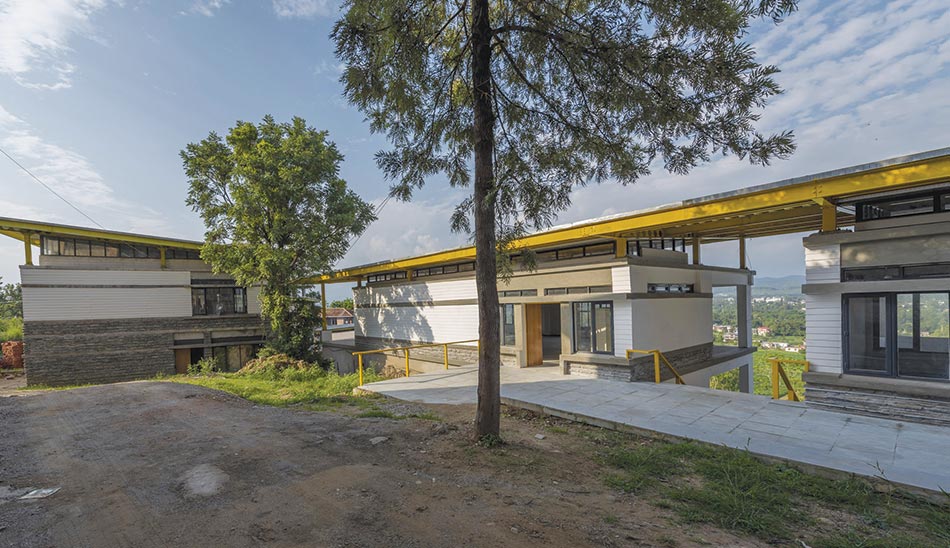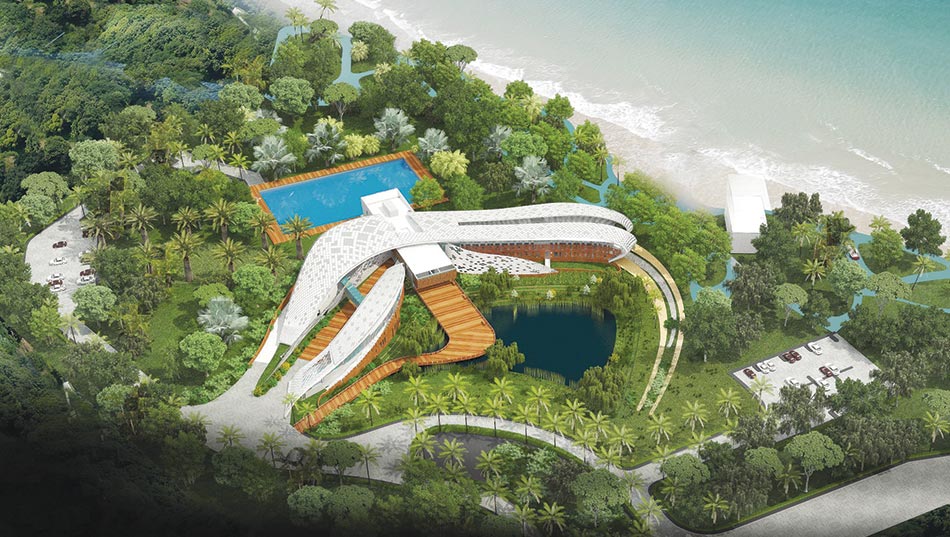
Students learn through experience and observation before they learn through the written word. To teach difference in context, equality, inclusiveness, innovation, excellence, knowledge, perseverance, justice, diversity, learn-unlearn-relearn or any other attribute, a physical manifestation of such an idea present in the environment of learning makes these words not mere concepts but an attainable reality. Bridging this gap between thought and reality and its application in a constructive way would perhaps be one of the most empowering things that an educational institute ought to do.
Architectural spaces have always played a powerful role in building our psyche and in an educational institute, the impact is deep and long lasting
This translation in the built environment means many things. The meaning of context alters greatly with an increasingly fluid demography along with climatic changes. As using natural, local materials tends to deplete the natural resources and man-made ones create pollution, we need to start looking at hybrid or bio-engineered materials as the meaning of sustainability has changed.

Prefabrication and modularity in design will need to go up as the operational costs of running an institution become higher than the construction cost. Also, one of the biggest contributors to pollution is also the building industry. Modular, offsite, prefabricated construction allows minimal on-site construction work and thereby minimal polluting dust and wastage.
In schools, use of internet, virtual classrooms, transitional spaces which allow multiple classes to come together based on expertise and interests, apart from the basics, will change how educational spaces are planned. A landscape design which is more than ornamental and teaches life skills like growing fruits, vegetables or related to life sciences vis-a-vis the microclimate, flowering or fruit trees which attract the birds & bees and help the eco-system is one such example.

Use of daylight, natural ventilation, and thermal insulation to ensure lesser usage of electricity, technologies that help generate energy through a conscious harnessing of renewable sources like, solar, wind, and water, roofing systems that allow retractable, changeable spaces, facades and fenestrations which do not just stop at net zero are some ways the future design of buildings can be impacted. Its time that we walk the talk now.
Our projects like NIFT Kangra, NIWS Goa, ITM School of Business in Gwalior and the Delhi Pollution Control Committee etc are located across diverse climates, demography, context and function – all of which elaborate on the above aspects.















